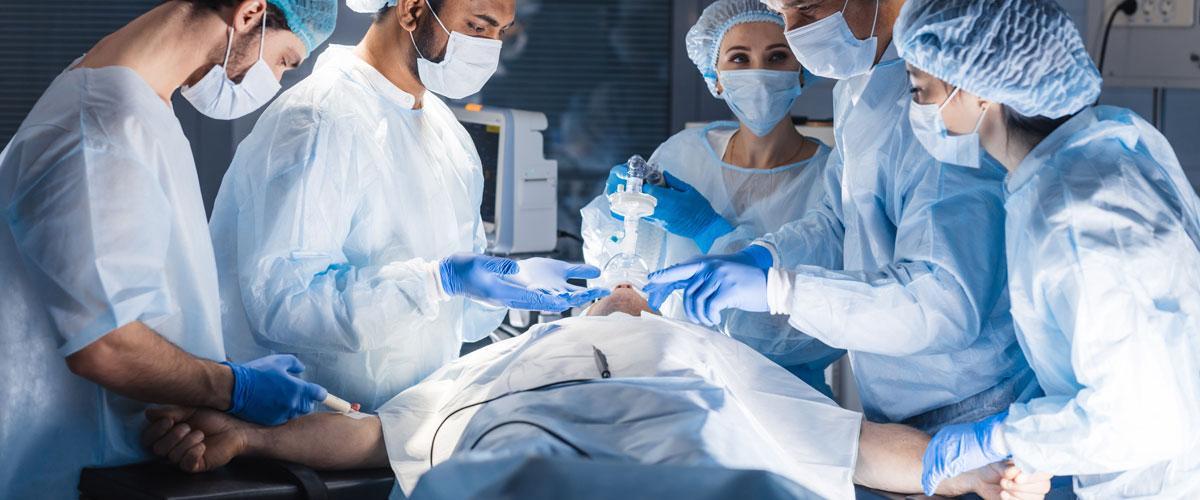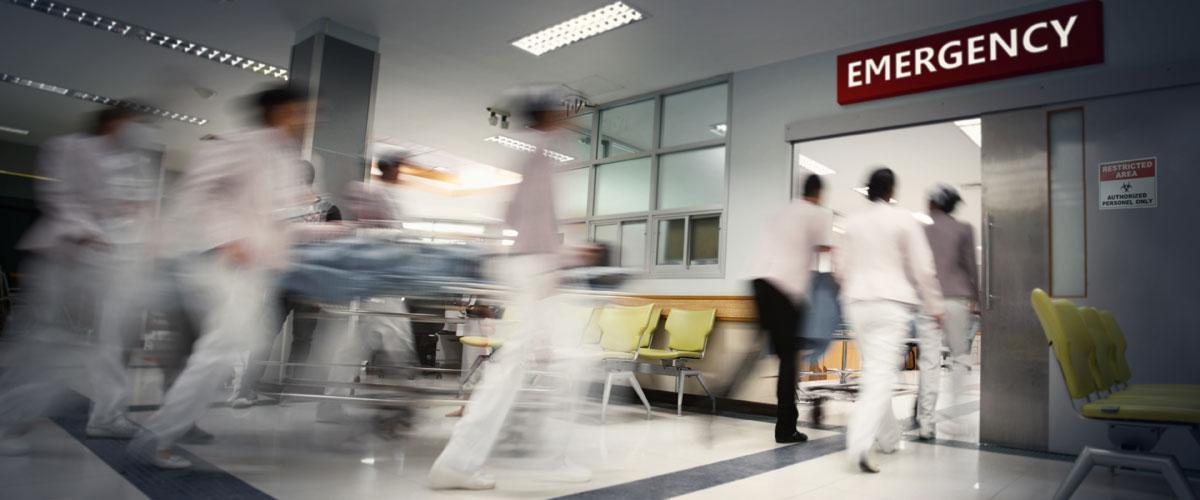Although significant attention has been on patient falls that occur before and after surgery, a potentially serious and often overlooked complication is when patients fall off operating theatre or procedure tables during anaesthesia care. Such events are seemingly (and fortunately) uncommon, and this reality is paired with very little published information. And while most falls result in temporary non-disabling injuries, 9.5 per cent of these patients have sustained permanent severe injury—according to a recent literary review by Prielipp et alt. (2017).
Contributing factors of patient falls
A number of factors can facilitate patient falls in the operating environment. Therefore, maintaining a safe environment for patients is important, and knowing the risk factors can help improve overall patient safety in hospitals. Here are three key examples:
1. Operating tables
Over the past few decades, operating theatre tables have evolved along with the rapid transition to minimally invasive surgeries. Most notably, the design, materials, and in particular, the electronic controls of modern tables have increased the speed of changes and expanded the range of positioning options, to include the steep Trendelenburg (25°) and lateral tilt (18°) positions.¹ This makes it even more important to prioritise safe surgical patient positioning.
2. Patients
Although the size of operating tables has remained the same, the features of the average patient have not. Patient demographics have changed significantly with an increasingly obese population. Obesity may result in the maldistribution of weight across operating tables and could reduce the margins of safety for common surgical positions, like sitting, lateral, and non-supine positions. This is because the width of the tables have not been adapted to the increase in sizes and weights. As such, surgical positioning errors may take place. Furthermore, patients can become agitated and move because of altered consciousness, which occurs when muscle relaxants are not used during general anaesthesia.²
3. Provider actions and inactions
Many falls appear to occur when personnel are distracted from observing patients, especially during periods when a patient is under sedation or is awakening from general anaesthesia, and is confused or agitated. The assumption is that other healthcare providers are securing the patient, and the inadequate application/absence of safety restraints (belts or new/unfamiliar operating table and controls) are amongst the factors that might lead to these kinds of adverse events.
What are the best practices for patient safety in positioning?
Universally, patient falls from operating theatre and procedure tables are considered preventable adverse events. When engaging with anaesthesia and perioperative personnel, our goal is, therefore, to inform them about risk factors for the patient, healthcare provider and environment that appear to contribute to these mishaps, and suggest key mitigating strategies.
Today, several available guidelines on safe surgical positioning recommend:
- Placing safety straps across patients’ thighs, so that, as soon as providers transfer them to the operating table, they are reminded that the bed is narrow
- Tightening safety straps just enough to secure the patient without impairing superficial flow of blood back to the heart (venous return).³ In this regard, the Association of Surgical Technologists (AST) states that, in order to ensure general safety measures for the supine position, and its variations (e.g. lithotomy and Trendelenburg), safety straps should be placed two inches above the patient’s knees.⁴
Medline safety measures
Medline has developed patient body straps that offer a soft yet strong foam strap for securing the patient to the operating table or gurney, thereby, limiting unwanted movements and injuries during surgeries.
They are easily adjustable, thanks to the hook-and-loop fasteners that allow providers to facilitate a variety of patient sizes.
Moreover, they were designed in line with recommended patient securement protocols.
Are you interested in exploring patient securement further?


Anna Marogna
Product Manager, Medline Europe
Anna, a native of Italy, holds a BSc. in International Trade (Verona) and an MSc. in International Marketing (London, UK)—the foundation of her over 3 years of experience in the international healthcare industry. She is a lover of green spaces and the general outdoors, and currently manages Medline’s operating table covers and primary care portfolios at the European level.
References:
1. Prielipp, R., Weinkauf, J., Esser, T., Thomas, B. and Warner, M., 2017. Falls From the O.R. or Procedure Table. Anesthesia & Analgesia, 125(3), pp.846-851.
2. Mędrzycka-Dąbrowska, W., Dąbrowski, S., Gutysz-Wojnicka, A., Ozga, D. and Wojtaszek, M., 2017. Unintended Return of Consciousness in a Patient during Surgery and General Anesthesia. European Neurology, 77(5-6), p.263
3. Positioning the Patient for Surgery, Jones & Bartlett Learning, LLC, Basic Surgical Positions, p. 156
4. AST Standards of Practice for Surgical Positioning, 2011




